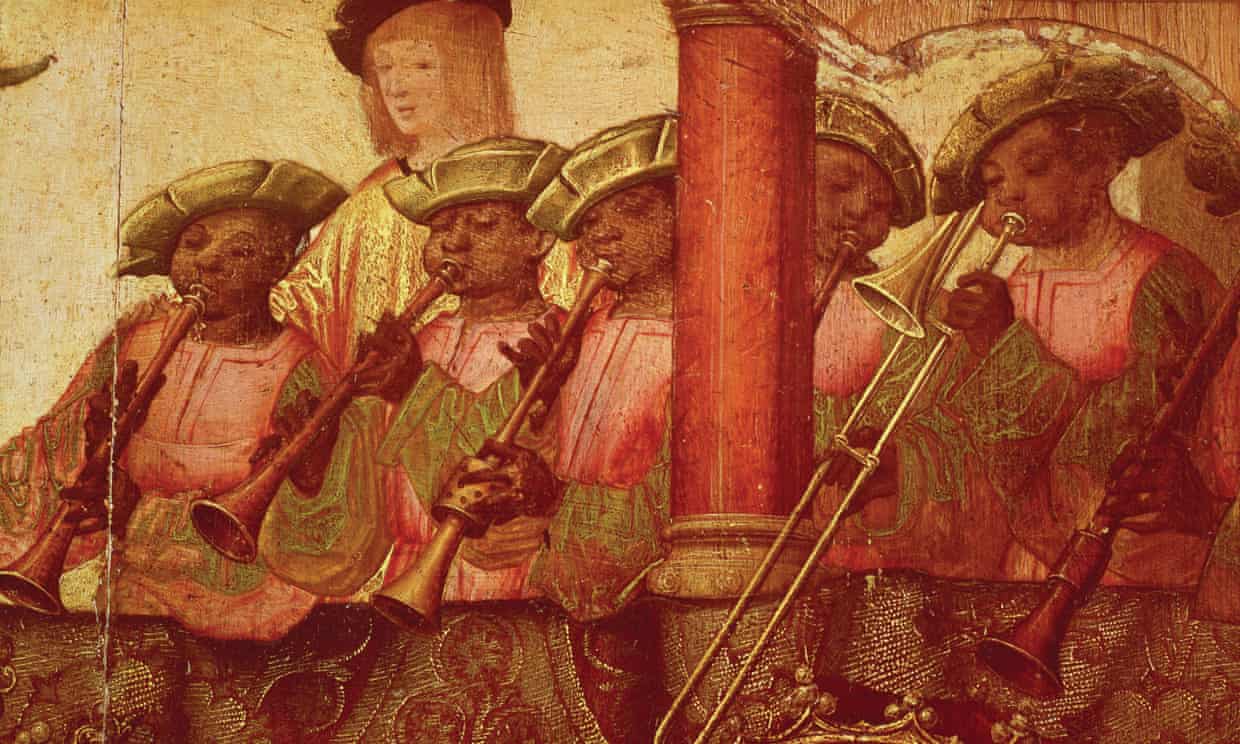White or Black? The children of Thomas Jefferson and Sally Hemings wrestle with racial identityPosted in Articles, History, Media Archive, Passing on 2017-11-05 04:29Z by Steven |
White or Black? The children of Thomas Jefferson and Sally Hemings wrestle with racial identity
Nehemiah Center For Urban Leadership Development
Madison, Wisconsin
2017-10-13
Phil Haslanger, Associate Pastor
Memorial United Church of Christ, Madison, Wisconsin
Annette Gordon-Reed, the historian and law professor at Harvard and Radcliff, explored that dilemma in the third annual James Madison Lecture at the Wisconsin State Historical Society on Oct. 11. She brought into focus the choices African-Americans have had to make in deciding whether to “pass” – to be viewed as white even though they are bi-racial.
Hemings’ children were all freed from slavery after [Thomas] Jefferson’s death, the result of promise she extracted from him when they were in Paris in the late 1780s and she could have walked to her own freedom there.
Jefferson and [Sally] Hemings’ son, Eston Hemings Jefferson, brings that dilemma home to Madison. This is where he and his wife and their three children moved in 1852, using Jefferson as his last name and becoming part of the white community in this emerging city.
“Passing for white is a complicated thing,” Gordon-Reed told the standing-room only crowd in the Historical Society Auditorium. “Do you choose for your parents or for your children? Passing is always a poignant story.”
Gordon-Reed is the historian whose worked changed the national consensus around the relationship between Jefferson and Hemings. Her 1997 book, Thomas Jefferson and Sally Hemings: An American Controversy, shattered decades of wide acceptance of denials from Jefferson’s white descendants that he had fathered children with Hemings…
Read the entire article here.



